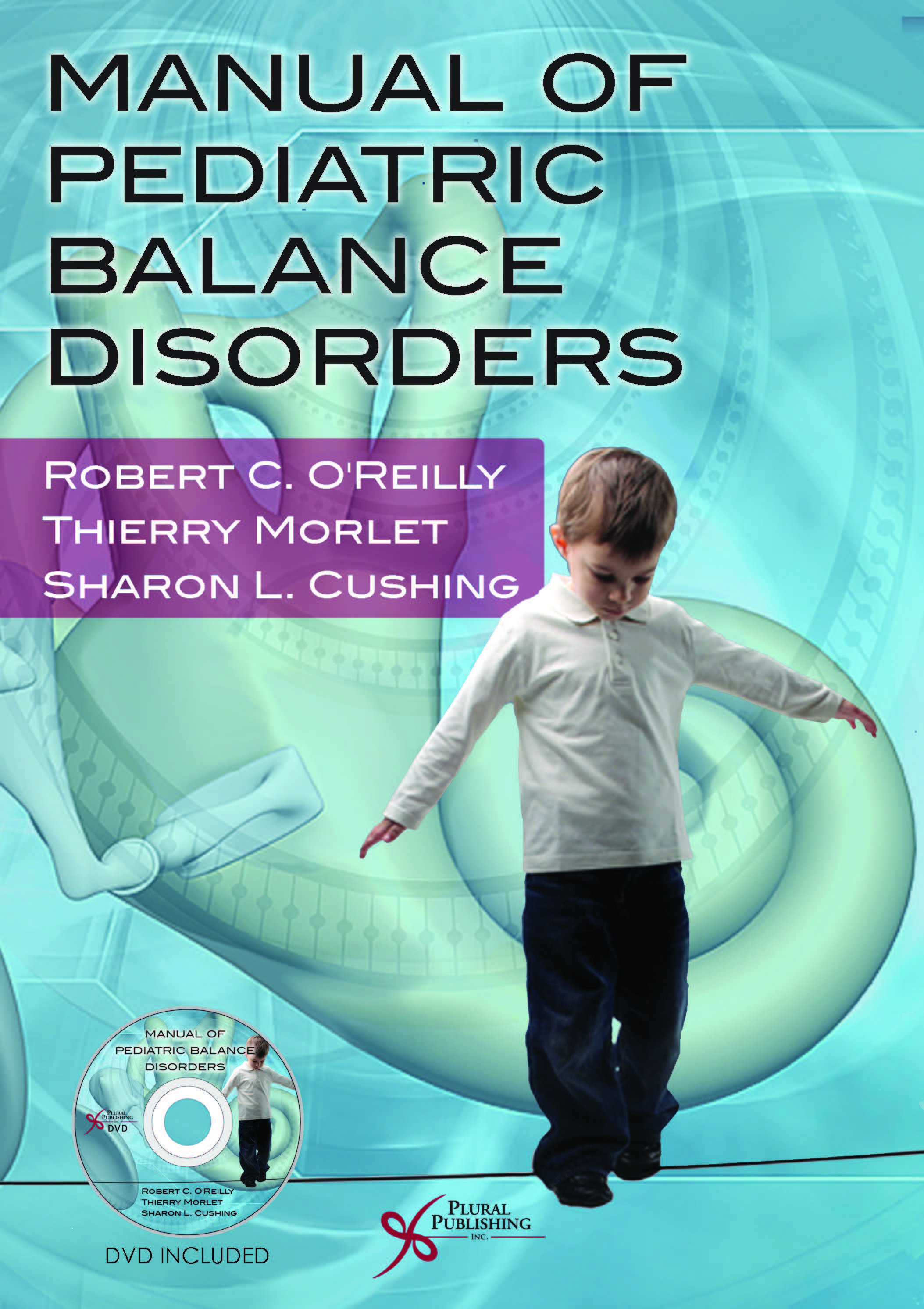
Manual of Pediatric Balance Disorders.
First Edition
Robert C. O'Reilly, Thierry Morlet, Sharon L. Cushing
Details: 365 pages, B&W, Softcover + DVD, 7" x 10"
ISBN13: 978-1-59756-452-6
© 2013 | Available
For the first time, a text is available to address the emerging and important field of diagnosis and management of pediatric vestibular and balance disorders. The Manual of Pediatric Balance Disorders (with DVD) represents the distillation of years of cumulative clinical and research experience by that are acknowledged experts in their field.
The book is divided into four parts:
- Basic Mechanisms
- Clinical Evaluation
- Pediatric Vestibular Disorders
- Treatment
Each chapter ends with "Self-Assessment Questions" with an Answer Key at the end of the book.
The book is designed to meet the informational needs of pediatric specialists--including physicians, audiologists, and physical, occupational and other therapists. The organization of the manual allows it to be used effectively in the classroom, bedside, or laboratory.
The accompanying DVD includes videos, figures, self-assessment questions, and suggested readings.
View a sample video from the DVD here.
From the Foreword
"The authors are to be commended for their comprehensive approach in dealing with a fairly frequently seen clinical entity that bedevils a large segment of clinicians providing care to the pediatric population. In fact, if truth be known, some aspects of balance disorders in children are just now beginning to be studied. This manual is exceptionally well organized. At outset it highlights all relevant information needed to understand balance in an overview fashion. Standardized evaluation of balance function in children has lagged behind such testing in adults. This manual does an admirable job of redressing this by providing an overview of the state of the art testing in the pediatric population. Virtually all of the clinical entities affecting balance in children are reviewed by a cross section of specialists who discuss issues relevant to diagnosis and treatment. The concept of central plasticity and it's pivotal role in treatment of the pediatric population is dealt with in a thorough and multidisciplinary fashion. This book will prove to be invaluable to any individual who provides care to the pediatric population."
—Dr.Julian M. Nedzelski MD, FRCSC, Professor and Former Chairmen (1992 -2002), Department of Otolaryngology-Head and Neck Surgery, University of Toronto and a Staff Neurootologist, Sunnybrook Health Science Centre
Reviews
"Once in a while one sees a book title that prompts the thought 'Brilliant, why didn't I think of that?' This one struck me, not because the rebel colonies continue to misspell words like paediatric, but because this is something different . . . Every chapter closes with self assessment questions and I found these quite encouraging. I was actually learning a lot as I worked through it . . . There is a very good summary of motor skills expected for age, which would be invaluable in any paediatric ENT lecture. The tips about modifying testing for children even gives suggestions as to how to talk to them, for example during caloric testing. I did not know VEMPs could be detected at two months of age. Posturography and gait analysis are really well explained and the text would be as useful in adult work . . . This is highly recommended. If you flick through the contents you will be struck by the breadth of the topic. If stuck for a lecture at short notice, this is a great topic."
—Liam Flood, FRCS, FRCSI, in the Journal of Laryngology and Otology (March 8, 2013)
"The text is referred to as a 'Manual' and this accurately reflects what it sets out to do. There is an emphasis on the practical aspects of evaluating a child with balance problems. This book is the obvious distillate of the years of experience of the multiple authors. I am impressed with their first edition and I am happy to recommend it to clinicians and audiologists involved in the care of this patient population."
—Mr. Banerjee, MS, FRCSEd (ORL-HNS), Consultant Ear, Nose and Throat Surgeon, James Cook University Hospital, UK, in ENT & Audiology News (July/August 2014)
"Overall, this manual was helpful, organized and easy to read. The scope is comprehensive and the book is accompanied by a DVD to clarify testing procedures. Diagrams, tables and questions at the end of each chapter were clear and thought-provoking."
—Jennifer Braswell Christy, The University of Alabama at Birmingham, in the International Journal of Pediatric Otorhinolaryngology (2014)
"Named to Doody's Cor
e Titles in the Health Sciences - Otolaryngology 2018 list."
—Doody's (2018)
- Section 1: Basic Mechanisms
- Chapter 1: Anatomy and Embryology of the Vestibular Apparatus
- Michael Teixido
- Huseyin Isildak
- Chapter 2: Physiology and Maturation of Balance Mechanisms
- Thierry Morlet
- Chapter 1: Anatomy and Embryology of the Vestibular Apparatus
- Section 2: Clinical Evaluation
- Chapter 3: History and Physical Examination
- Sharon L. Cushing, Jessica Levi and Robert O'Reilly
- Chapter 4: VNG/ENG
- Emily Zwicky
- Chapter 5: Rotary Chair Testing
- Jim Phillips
- Chapter 6: VEMP
- Sylvette Wiener-Vacher
- Chapter 7: Static Balance: CDP
- Eugen Ionescu, Michel Mazzuca and Chantal Viart-Ferber
- Chapter 8: Dynamic Balance: Gross motor assessment
- Anne Scofich and Renee Haldenby
- Chapter 9: Gait Analysis
- Freeman Miller, John Henly and Chris Church
- Chapter 3: History and Physical Examination
- Section 3: Pediatric Vestibular Disorders
- Chapter 10: Peripheral Vestibular Disturbances
- Sharon Cushing and Jane Lea
- Chapter 11: Migraine Disease
- Margaretha Casselbrandt
- Chapter 12: CNS Structural Lesions
- Jeffrey Campbell
- Chapter 13: Seizure Disorders
- Tina Go
- Chapter 14: Pediatric Movement Disorders
- Teesta Soman and Ana Marissa Lagman Bartolome
- Chapter 15: Neurodegenerative Diseases
- Kimberly Schadt, Lisa Friedman and David R. Lynch
- Chapter 16: Traumatic Brain Injury and BPPV
- Melanie Penner and Peter Rumney
- Chapter 17: Ocular and Oculomotor Abnormalities
- Arun Reginald
- Chapter 18: Encephalopathies and Meningitis
- Stephen Falcheck and Chuck Bean
- Chapter 19: Vascular Disease
- Stephanie Moody-Antonio
- Chapter 20: Behavioral Psychological Disorders
- Joelene Huber
- Chapter 10: Peripheral Vestibular Disturbances
- Section 4: Treatment
- Chapter 21: Vestibular Adaptation and Compensation
- Jim Phillips
- Chapter 22: Vestibular Rehabilitation
- Gaye Cronin
- Chapter 23: Multisensory Deficits
- Joan Vertes
- Chapter 24: Environmental Adaptations and Supports for Home and Community Engagement
- Janet Woodhouse, Morai Pena and Nicole Laprade
- Chapter 25: Current and Future Research/ Challenges
- Robert O'Reilly, Sharon L. Cushing, Jessica Levi and Thierry Morlet
- Chapter 21: Vestibular Adaptation and Compensation
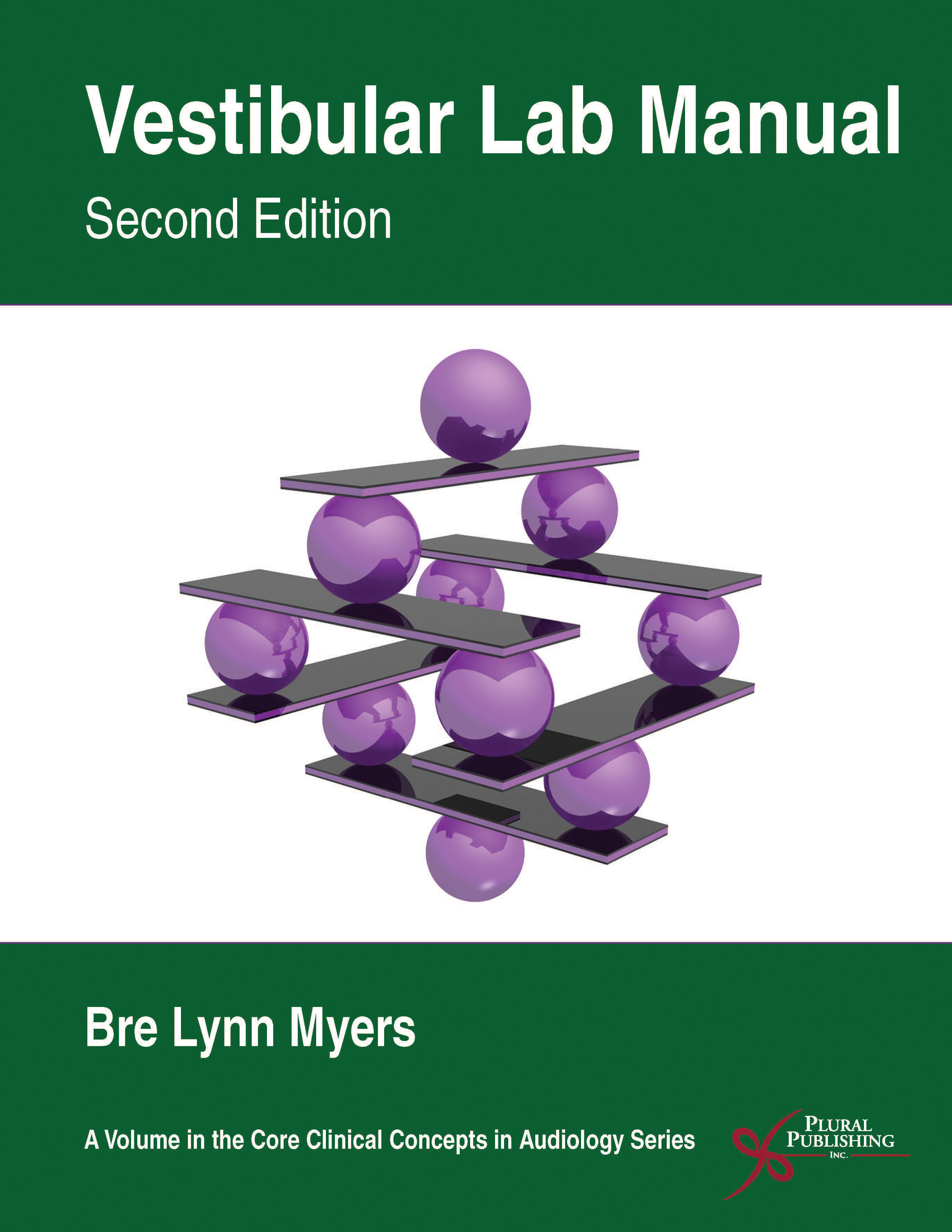
Vestibular Lab Manual
Second Edition
Bre Lynn Myers
Details: 170 pages, B&W, Spiral Bound, 8.5" x 11"
ISBN13: 978-1-63550-080-6
© 2020 | Available
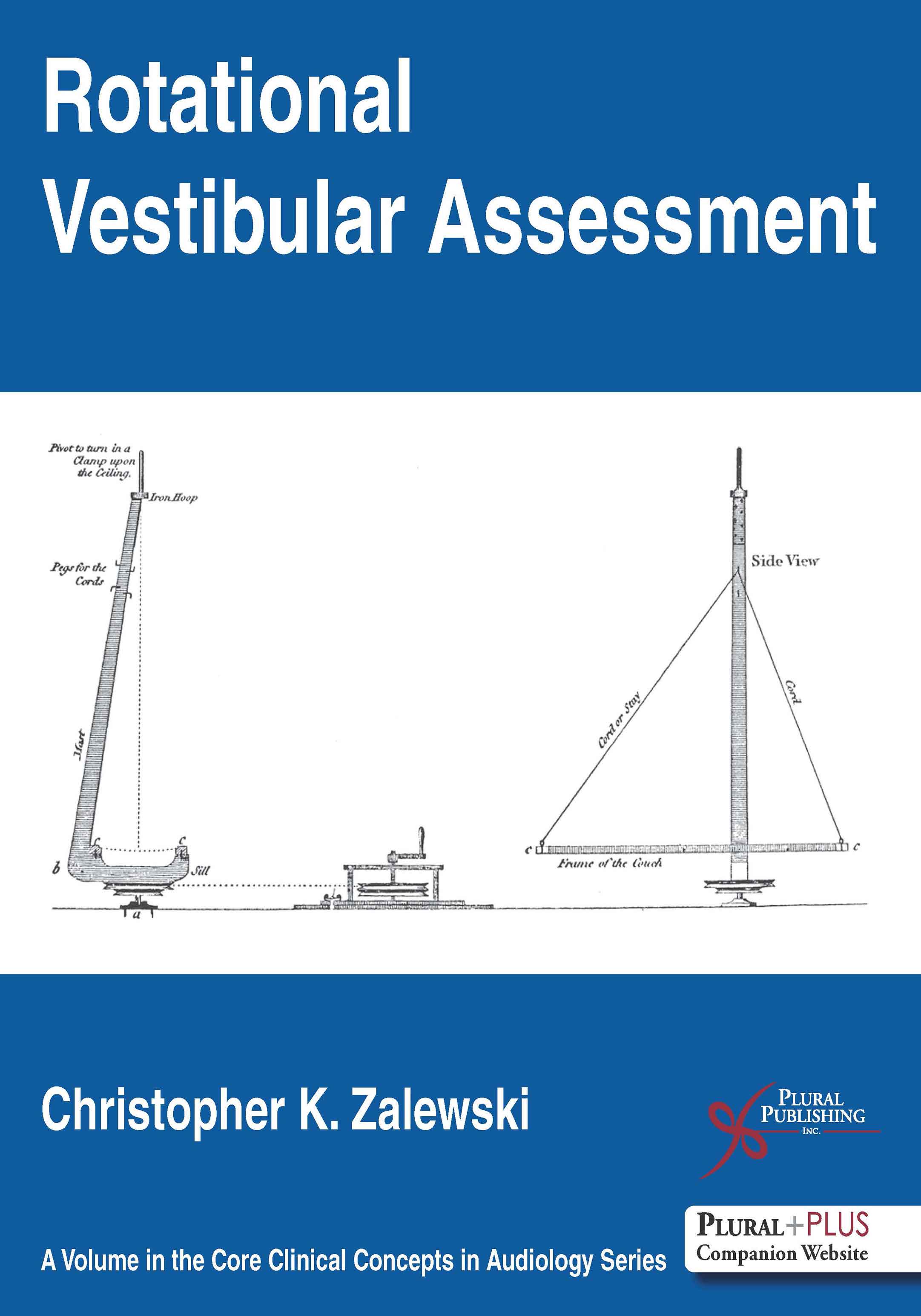
Rotational Vestibular Assessment
First Edition
Christopher K. Zalewski
Details: 322 pages, Full Color, Softcover, 8.5" x 11"
ISBN13: 978-1-59756-797-8
© 2018 | Available
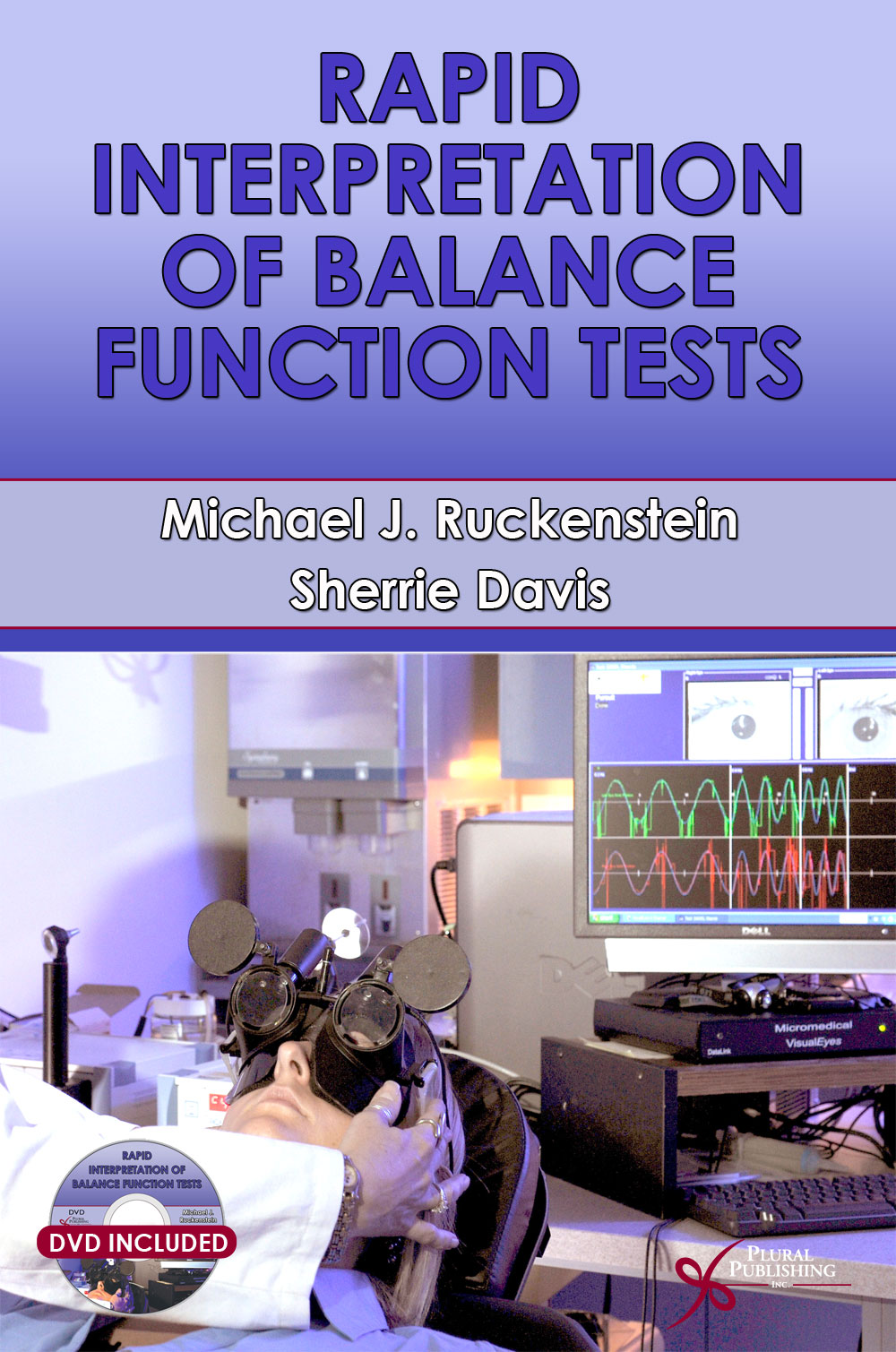
Rapid Interpretation of Balance Function Tests
First Edition
Michael J. Ruckenstein, Sherrie Davis
Details: 168 pages, B&W, Softcover, 6" x 9"
ISBN13: 978-1-59756-443-4
© 2015 | Available
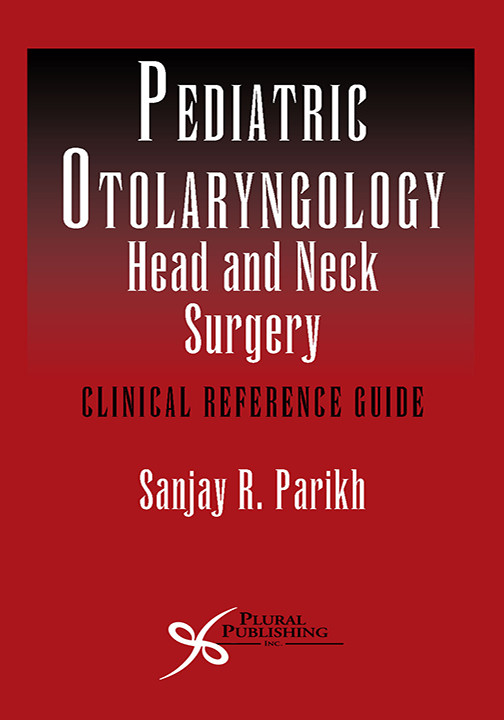
Pediatric Otolaryngology-Head and Neck Surgery: Clinical Reference Guide
First Edition
Sanjay R. Parikh
Details: 752 pages, B&W, Softcover, 4.5" x 8"
ISBN13: 978-1-59756-528-8
© 2014 | Available
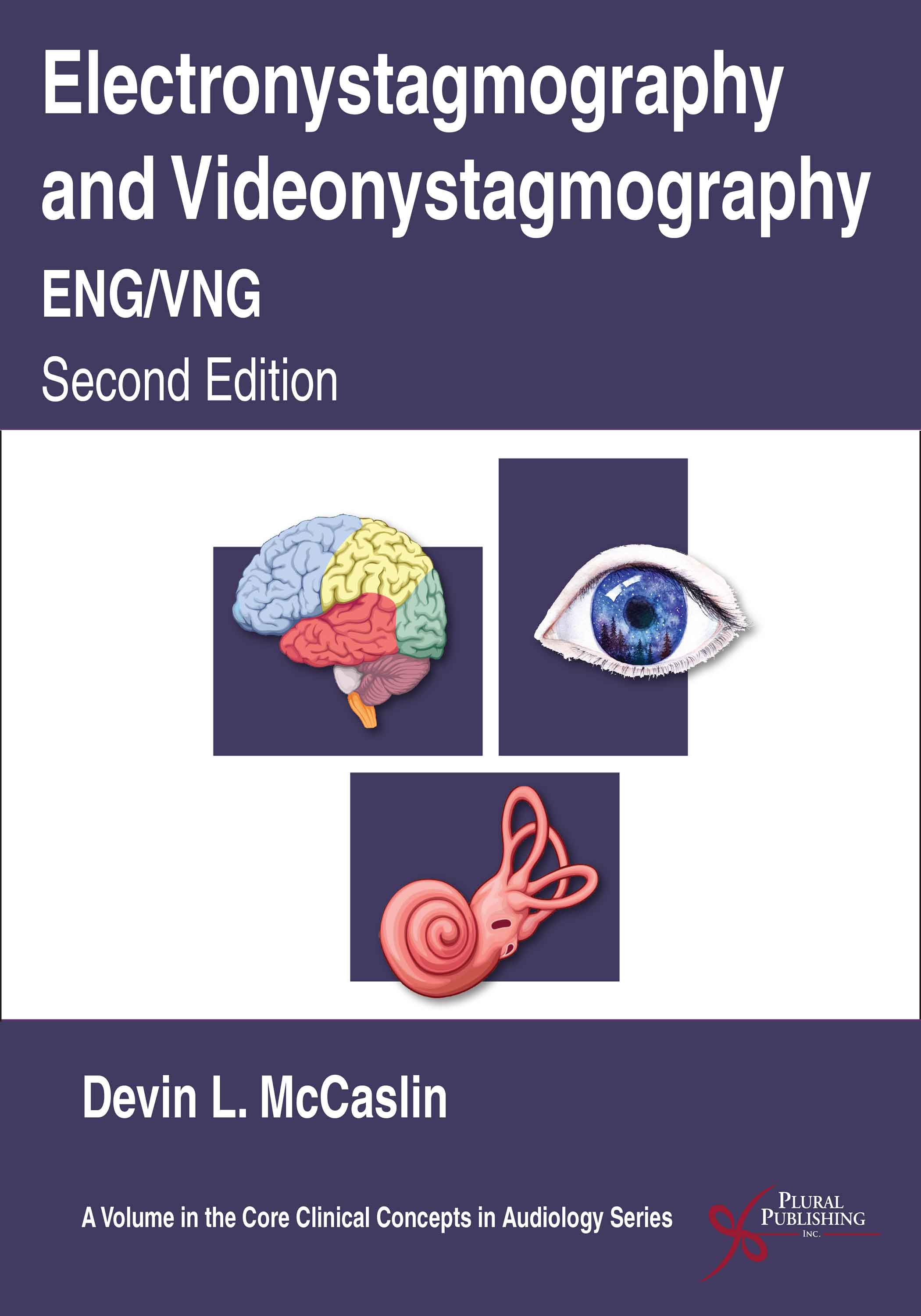
Electronystagmography and Videonystagmography (ENG/VNG)
Second Edition
Devin L. McCaslin
Details: 278 pages, B&W, Softcover, 8.5" x 11", Includes videos
ISBN13: 978-1-63550-081-3
© 2020 | Available
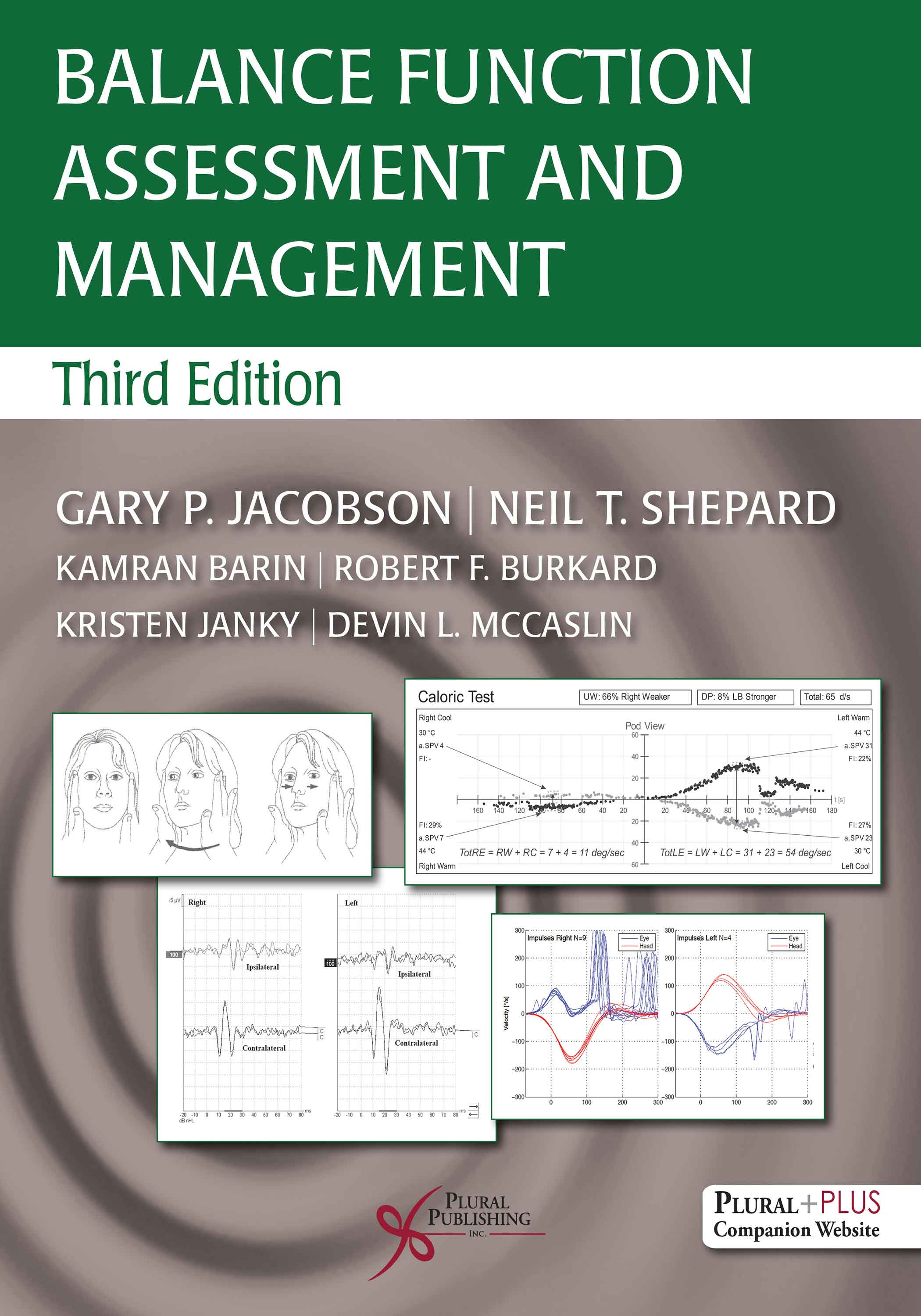
Balance Function Assessment and Management
Third Edition
Gary P. Jacobson, Neil T. Shepard, Kamran Barin, Robert F. Burkard, Kristen Janky, Devin L. McCaslin
Details: 717 pages, B&W, Hardcover, 8.5" x 11"
ISBN13: 978-1-63550-188-9
© 2021 | Available



